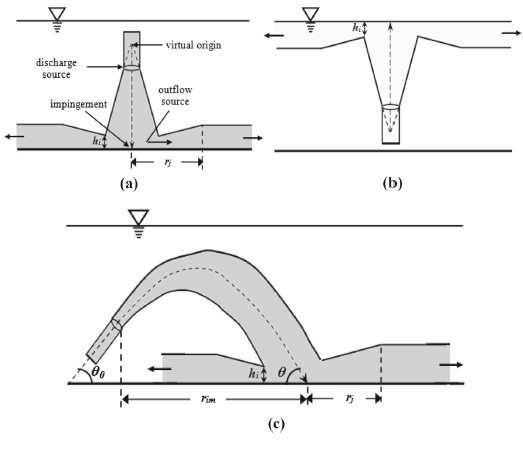Mijanur R. Chowdhury, Ph. D.
|
|||||
|
Project Focus
Gravity currents formed by submerged outfall discharges in inland and coastal waters Background and Motivation Various municipal, agricultural, industrial, and domestic liquid discharges (e.g., waste water, heated water from power plants, brine slurry from desalination plants, dredged mud slurry) are routinely released, both intentionally and accidentally, into lakes, estuaries, reservoirs, and rivers. In many of these operations, the discharges occur through a submerged round outfall into the receiving waters. Understanding the interactions of the discharges into receiving or ‘ambient waters’ is of paramount importance for assessing and minimizing the adverse impacts associated with these discharges. The interaction of these discharged and the ambient fluids, occurring first as buoyant jets and then as gravity currents, begins immediately after the outfall release. The term ‘buoyant jet’ refers to the flow of a fluid driven by its momentum and buoyancy into another fluid, while ‘gravity current’ is the predominantly horizontal propagation of a fluid driven solely by its buoyancy into another fluid. This ongoing project focuses on the dynamics of gravity currents occurring in both inland and coastal waters formed by buoyant jet discharges caused by outfall discharges.
Key Contributions In the first part of the project, a comprehensive review of the dynamics of the different forms of gravity currents formed by buoyant jet discharges from submerged single-port round outfalls in inland and coastal waters has been completed. The review, appeared in Environmental Fluid Mechanics journal, provided the current state of the science of the dynamics of gravity currents generated by positively and negatively buoyant jet discharges from sub-merged round outfalls, especially on the followings:
Publications
Peer-reviewed journal article
|
|||||
| <<< Back to Home | |||||

